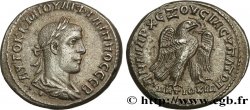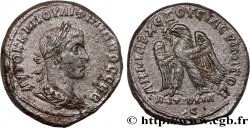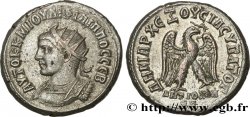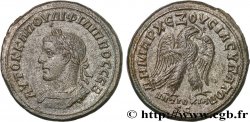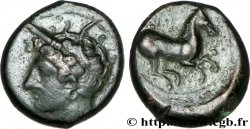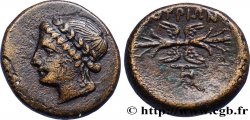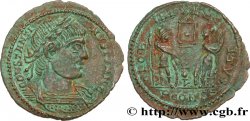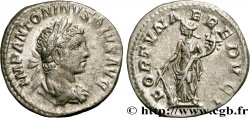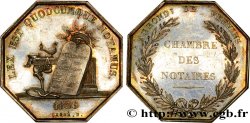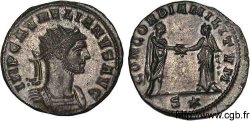Чтобы принять участие в торгах, вы должны войти в систему и стать подтвержденным участником аукциона. Войдите, чтобы сделать ставку. Ваш аккаунт будет подтвержден в течение 48 часов. Не ждите до закрытия торгов, чтобы зарегистрироваться.Сделав ставку на данный товар, вы вступаете в юридическое соглашение на покупку выбранного товара и нажатием кнопки «Сделать ставку» подтверждаете принятие вами условий интернет-аукционов cgb.fr.
Ставка может бить сделана только в полном эквиваленте евро. Торги закроются согласно времени, указанному в описании товара, все ставки, сделанные после закрытия торгов, учитываться не будут. Не следует откладывать предложение вашей ставки до последнего момента, так как система может не успеть обработать вашу заявку, и ваша ставка не будет принята. Более детальную информацию вы найдёте здесь: FAQ по интернет-аукционам.
БЕСПЛАТНО.
БЕСПЛАТНО.
| Оценить : | 120 € |
| Цена : | 36 € |
| Максимальная предлагаемая цена : | 41 € |
| Конец торгов : | 08 June 2015 16:10:30 |
| Участников : | 9 Участников |
Тип Tétradrachme syro-phénicien
Дата: 248
Монетный двор / Город: Antioche, Syrie, Séleucie et Piérie
Металл: billon
Диаметр: 28,00 mm
Ориентация осей монеты: 6 h.
Вес: 10,52 g.
Редкость: R2
Комментарии о состоянии
Usure de circulation
Ссылки в каталоге: :
Происхождение:
Cet exemplaire est le 0412_006 de la base TSP et provient des doubles de la Collection Richard McAlee
Лицевая сторона
Аверс: описание: Buste lauré, drapé et cuirassé de Philippe II auguste à droite,vu de trois quarts en arrière (A*2).
Аверс: легенда: AUTOK K M IOUL FILIPPOS SEB, (Autokratoros Kaisaros Markos Ioulios Filippos Sebastos)
Аверс: перевод: (L’empereur césar Marc Jules Philippe auguste).
Обратная сторона
Реверс: легенда: ANTIOXIA / S|C À L’EXERGUE.
Реверс: Описание: Aigle debout à droite, les ailes largement déployées, tête à droite et queue à gauche, tenant une couronne feuillée dans son bec.
Реверс: легенда: DHMARC - EX OUSIAS UPATOG
Реверс: перевод: (Revêtu de la puissance tribunitienne / Consul pour la troisième fois / avec l’accord du Sénat d’Antioche).
Комментарий
Curieusement ce type de buste, très commun pour le 4e consulat, est fort rare au troisième.
Dès que Philippe II est proclamé auguste, il utilise toujours les titres de son père au revers mais encore adopte sa titulature de droit. Les collectionneurs débutants ont d’ailleurs des difficultés à distinguer le père du fils ; la règle est simple : le père a toujours une ride qui barre le front, le fils toujours un front lisse.
L’évolution des portraits de Philippe II au 3e consulat va du césar tête nue, à droite ou à gauche, à toute la gamme des bustes militaires, laurés ou radiés, avec la titulature d’auguste.
Il faut noter qu’aucun buste lauré n’est connu avec la titulature de césar, alors que radiés et laurés sont également répartis avec la titulature d’auguste. On peut en déduire que la tête laurée est indiscutablement liée aux augustes, et la tête nue aux césars, alors que la couronne radiée n’a pas de spécificité politique.
En abordant les frappes du 3e consulat, on remarque l’absence complète de frappes datées du deuxième consulat, bien que le deuxième consulat de Philippe et de sa famille existe indubitablement à Rome, y compris sur les émissions monétaires. Interruption des frappes ou comput différent à Antioche qu’à Rome ? Nous penchons pour la deuxième solution, pour deux raisons.
Tout d’abord la continuité stylistique : tant pour les revers que pour les droits, il n’y a pas de rupture, alors que l’on aurait pu présumer une certaine normalisation après une interruption des frappes. De plus, celle-ci se produira effectivement pour les frappes datées du quatrième consulat avec un style d’aigle unique, suivie à la fin par une nouveauté encore plus marquante, l’introduction d’officines indiquées sur les monnaies.
Ensuite, il existe à Antioche de très nombreuses frappes datées d’un quatrième consulat de Philippe l’Arabe dont nous ne trouvons pas trace à Rome. Il est extrêmement regrettable que les quelques informations dont nous disposons sur le Sénat d’Antioche soient largement plus tardives (4e et 5e siècle) car les émissions de tétradrachmes laissent à penser que non seulement le Sénat d’Antioche manifestait son indépendance envers Rome en frappant de l’argent avec la titulature “SC / ANTIOXIA” mais encore qu’il avait son propre comput impérial sous Philippe.
L’apparition de cette exergue et la disparition de la palme sont caractéristiques des 3e et 4e consulat mais les styles des aigles ne se normaliseront qu’au 4e.
On note que les sigma sont gravés en C.
Dans la base TSP maintenue par Michel Prieur, dix-huit exemplaires sont maintenant répertoriés pour ce type, deux en musées, Boston et Yale.
Curiously, this type of bust, very common for the 4th consulate, is very rare for the third..
As soon as Philip II was proclaimed Augustus, he still used his father's titles on the reverse but also adopted his title by right.. Beginner collectors have difficulty distinguishing the father from the son; the rule is simple: the father always has a wrinkle across his forehead, the son always has a smooth forehead..
The evolution of the portraits of Philip II during the 3rd consulate goes from the bare-headed Caesar, on the right or on the left, to the whole range of military busts, laureates or radiates, with the title of Augustus.
It should be noted that no laureate bust is known with the title of Caesar, while radiates and laureates are also distributed with the title of Augustus.. We can deduce that the laureate head is indisputably linked to the Augusti, and the bare head to the Caesars, while the radiate crown has no political specificity..
When approaching the strikes of the 3rd consulate, we notice the complete absence of strikes dated from the second consulate, although the second consulate of Philip and his family undoubtedly existed in Rome, including on monetary issues.. Was the minting interrupted or was the calculation different in Antioch than in Rome? We are inclined to choose the second solution, for two reasons..
First of all, stylistic continuity: for both the backhands and the forehands, there is no break, whereas one might have assumed a certain standardization after an interruption in the strokes. Furthermore, this will actually occur for the strikes dated from the fourth consulate with a unique eagle style, followed at the end by an even more striking novelty, the introduction of offices indicated on the coins..
Then, in Antioch there are many strikes dated to a fourth consulate of Philip the Arab, of which we find no trace in Rome.. It is extremely regrettable that the little information we have on the Senate of Antioch is much later (4th and 5th century) because the issues of tetradrachms suggest that not only did the Senate of Antioch demonstrate its independence from Rome by minting money with the title “SC / ANTIOXIA” but also that it had its own imperial computus under Philip.
The appearance of this exergue and the disappearance of the palm are characteristic of the 3rd and 4th consulate but the styles of the eagles will not become standardized until the 4th.
Note that the sigmas are engraved in C.
In the TSP database maintained by Michel Prieur, eighteen examples are now listed for this type, two in museums, Boston and Yale
Dès que Philippe II est proclamé auguste, il utilise toujours les titres de son père au revers mais encore adopte sa titulature de droit. Les collectionneurs débutants ont d’ailleurs des difficultés à distinguer le père du fils ; la règle est simple : le père a toujours une ride qui barre le front, le fils toujours un front lisse.
L’évolution des portraits de Philippe II au 3e consulat va du césar tête nue, à droite ou à gauche, à toute la gamme des bustes militaires, laurés ou radiés, avec la titulature d’auguste.
Il faut noter qu’aucun buste lauré n’est connu avec la titulature de césar, alors que radiés et laurés sont également répartis avec la titulature d’auguste. On peut en déduire que la tête laurée est indiscutablement liée aux augustes, et la tête nue aux césars, alors que la couronne radiée n’a pas de spécificité politique.
En abordant les frappes du 3e consulat, on remarque l’absence complète de frappes datées du deuxième consulat, bien que le deuxième consulat de Philippe et de sa famille existe indubitablement à Rome, y compris sur les émissions monétaires. Interruption des frappes ou comput différent à Antioche qu’à Rome ? Nous penchons pour la deuxième solution, pour deux raisons.
Tout d’abord la continuité stylistique : tant pour les revers que pour les droits, il n’y a pas de rupture, alors que l’on aurait pu présumer une certaine normalisation après une interruption des frappes. De plus, celle-ci se produira effectivement pour les frappes datées du quatrième consulat avec un style d’aigle unique, suivie à la fin par une nouveauté encore plus marquante, l’introduction d’officines indiquées sur les monnaies.
Ensuite, il existe à Antioche de très nombreuses frappes datées d’un quatrième consulat de Philippe l’Arabe dont nous ne trouvons pas trace à Rome. Il est extrêmement regrettable que les quelques informations dont nous disposons sur le Sénat d’Antioche soient largement plus tardives (4e et 5e siècle) car les émissions de tétradrachmes laissent à penser que non seulement le Sénat d’Antioche manifestait son indépendance envers Rome en frappant de l’argent avec la titulature “SC / ANTIOXIA” mais encore qu’il avait son propre comput impérial sous Philippe.
L’apparition de cette exergue et la disparition de la palme sont caractéristiques des 3e et 4e consulat mais les styles des aigles ne se normaliseront qu’au 4e.
On note que les sigma sont gravés en C.
Dans la base TSP maintenue par Michel Prieur, dix-huit exemplaires sont maintenant répertoriés pour ce type, deux en musées, Boston et Yale.
Curiously, this type of bust, very common for the 4th consulate, is very rare for the third..
As soon as Philip II was proclaimed Augustus, he still used his father's titles on the reverse but also adopted his title by right.. Beginner collectors have difficulty distinguishing the father from the son; the rule is simple: the father always has a wrinkle across his forehead, the son always has a smooth forehead..
The evolution of the portraits of Philip II during the 3rd consulate goes from the bare-headed Caesar, on the right or on the left, to the whole range of military busts, laureates or radiates, with the title of Augustus.
It should be noted that no laureate bust is known with the title of Caesar, while radiates and laureates are also distributed with the title of Augustus.. We can deduce that the laureate head is indisputably linked to the Augusti, and the bare head to the Caesars, while the radiate crown has no political specificity..
When approaching the strikes of the 3rd consulate, we notice the complete absence of strikes dated from the second consulate, although the second consulate of Philip and his family undoubtedly existed in Rome, including on monetary issues.. Was the minting interrupted or was the calculation different in Antioch than in Rome? We are inclined to choose the second solution, for two reasons..
First of all, stylistic continuity: for both the backhands and the forehands, there is no break, whereas one might have assumed a certain standardization after an interruption in the strokes. Furthermore, this will actually occur for the strikes dated from the fourth consulate with a unique eagle style, followed at the end by an even more striking novelty, the introduction of offices indicated on the coins..
Then, in Antioch there are many strikes dated to a fourth consulate of Philip the Arab, of which we find no trace in Rome.. It is extremely regrettable that the little information we have on the Senate of Antioch is much later (4th and 5th century) because the issues of tetradrachms suggest that not only did the Senate of Antioch demonstrate its independence from Rome by minting money with the title “SC / ANTIOXIA” but also that it had its own imperial computus under Philip.
The appearance of this exergue and the disappearance of the palm are characteristic of the 3rd and 4th consulate but the styles of the eagles will not become standardized until the 4th.
Note that the sigmas are engraved in C.
In the TSP database maintained by Michel Prieur, eighteen examples are now listed for this type, two in museums, Boston and Yale







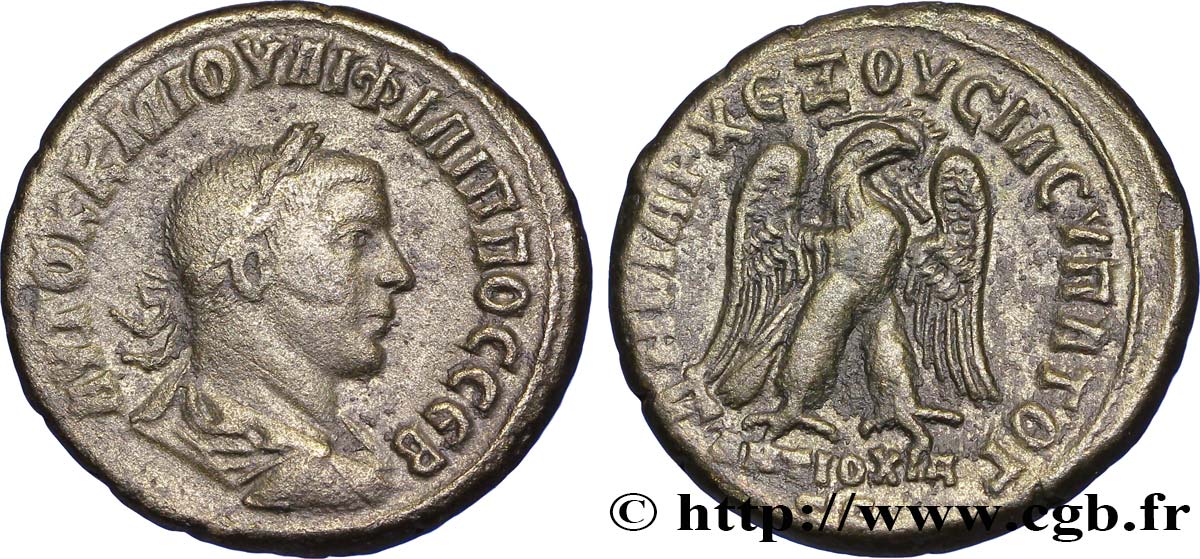
 Cообщить об ошибке
Cообщить об ошибке Распечатать страницу
Распечатать страницу Отправить мой выбор
Отправить мой выбор Задать вопрос
Задать вопрос Consign / sell
Consign / sell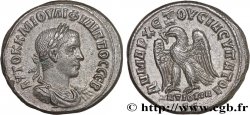
 Информация
Информация